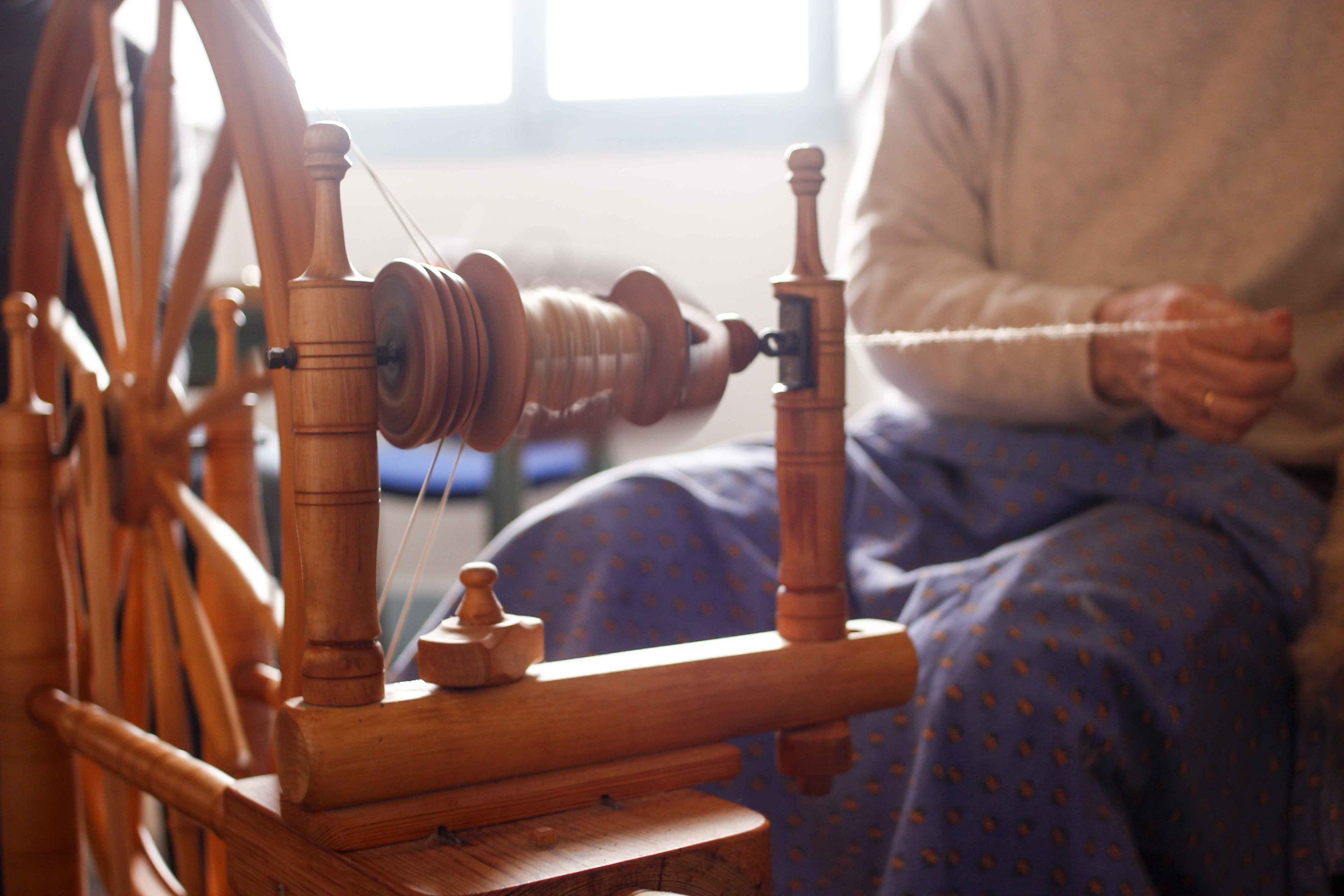In the ever-evolving world of fashion, traditional weaving techniques hold a revered place, seamlessly blending heritage with modernity. These time-honored methods, passed down through generations, are not just about creating beautiful sarees but also about preserving cultural heritage and storytelling.
The Rich Tapestry of Traditional Weaving
Every region in India boasts its unique weaving techniques, each with its distinct patterns, motifs, and stories. For instance, the intricate Jamdani weave from Bengal is renowned for its fine muslin base adorned with elaborate floral and geometric designs. This labor-intensive technique involves adding supplementary weft threads by hand, creating a rich tapestry that appears to float on the fabric.
The Cultural Significance
Traditional weaves are deeply rooted in the cultural and social fabric of the communities where they originate. The Banarasi saree, with its luxurious brocades and elaborate zari work, has been a staple in Indian bridal trousseaus for centuries, symbolizing opulence and marital bliss. Similarly, the Pochampally Ikat from Telangana is celebrated for its precision-dyed threads that create mesmerizing patterns, reflecting the artisan’s skill and the region’s artistic legacy.
Preserving Heritage
Incorporating traditional weaving techniques into modern fashion is essential for preserving these cultural treasures. Each saree crafted using these methods is a testament to the artisan’s expertise and dedication. By wearing these sarees, we honor their craftsmanship and keep the legacy alive. Moreover, supporting traditional weavers helps sustain their livelihoods and encourages the younger generation to continue the craft.
The Modern Revival
Contemporary designers are increasingly embracing traditional weaving techniques, giving them a fresh twist to appeal to modern sensibilities. Whether it’s a Chanderi saree with a minimalistic design or a bold reinterpretation of the classic Patola, these innovations ensure that traditional weaves remain relevant in today’s fashion landscape.

